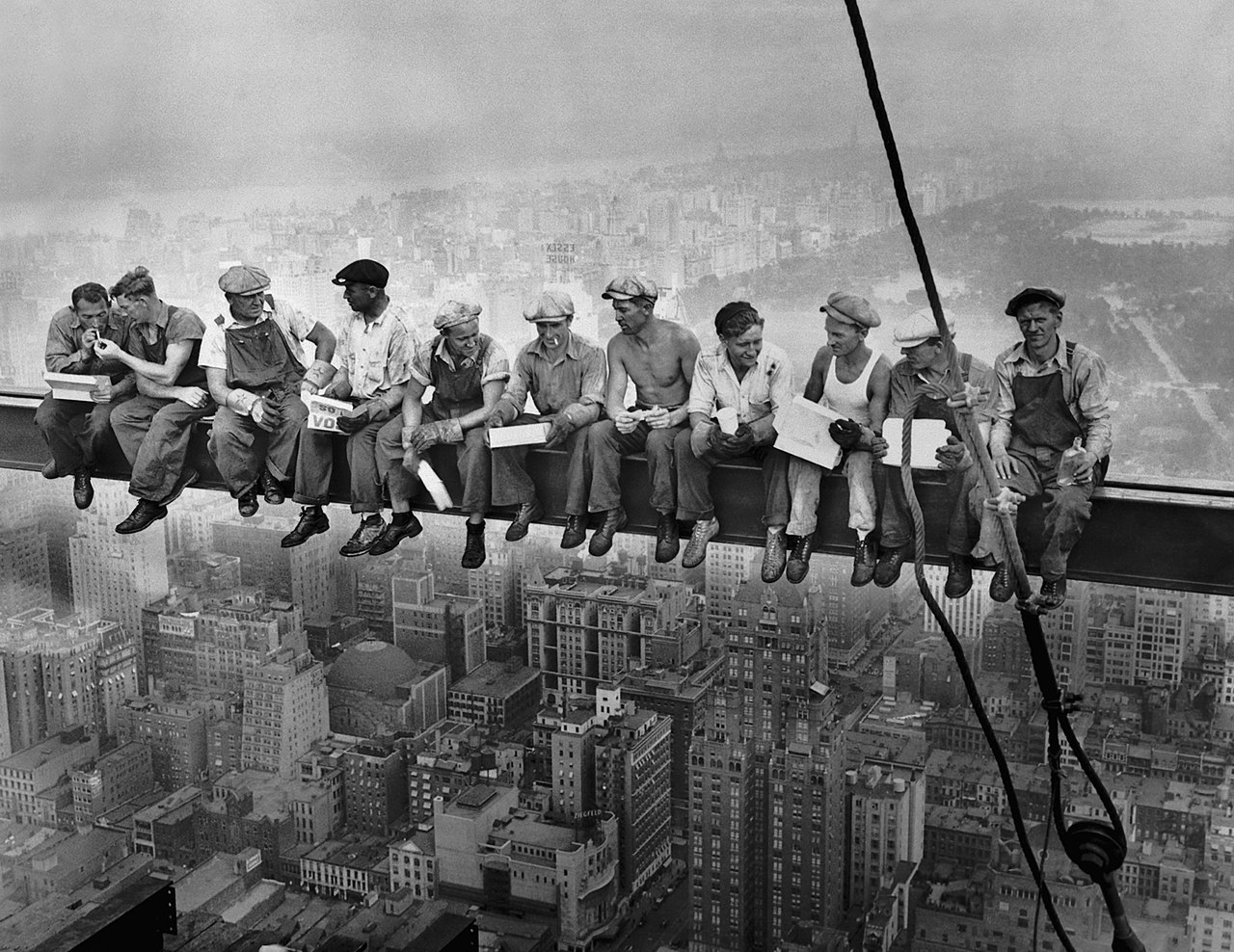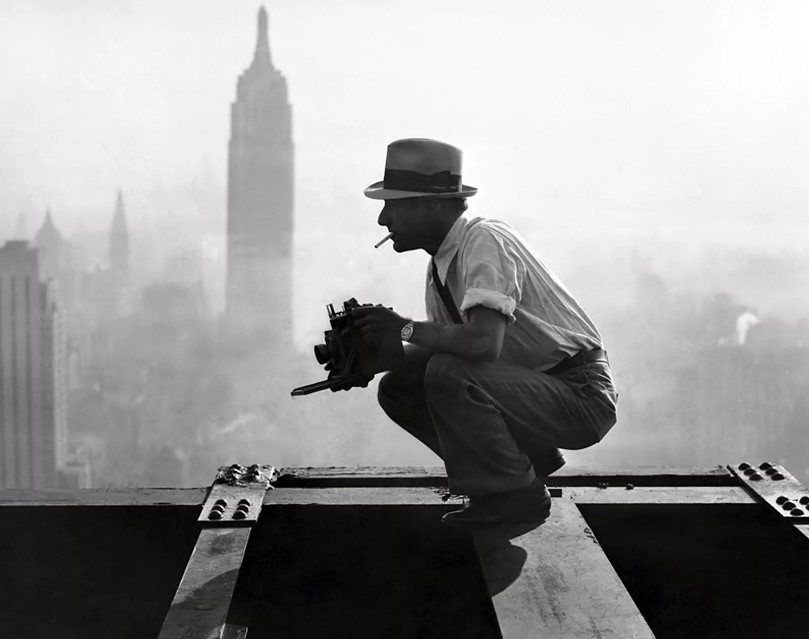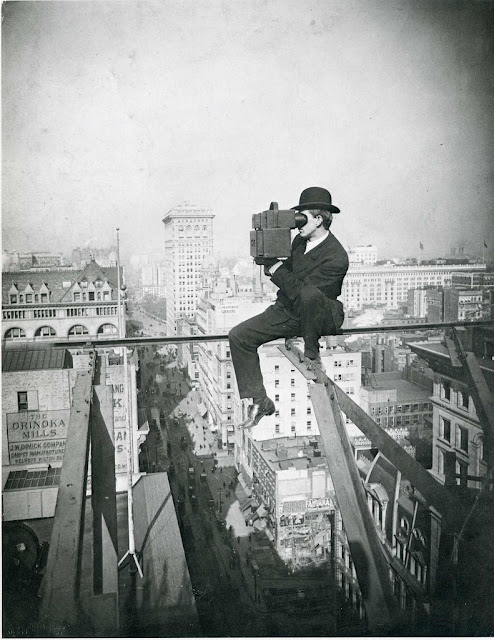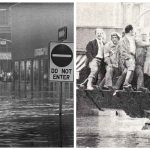In the past, photographers with an eye for detail played a crucial role in capturing iconic moments that shaped history. With their cameras, they froze time, allowing us to relive powerful events, from famous performances to significant social movements. These images do more than show what happened; they also capture the feelings of those times.
Charles C. Ebbets, an American photographer, is renowned for capturing one of the most famous images in history, “Lunchtime atop a Skyscraper,” taken in 1932. Surprisingly, it wasn’t until 2003 that he was officially recognized as the photographer behind this iconic shot.
For over seven decades, this striking image, along with many others featuring the construction of New York’s Rockefeller Center, was miscredited to “photographer unknown” by the Bettman archives.
Ebbets’ early daring life

Charles C. Ebbets was a true daredevil, with a life story that reads like an adventure. Before he became a renowned photographer, he dabbled in various roles, including a stuntman and an actor in the mid-1920s, where he played an African hunter named “Wally Renny” in several films.
His adventurous spirit led him to work as a pilot, wing-walker, auto racer, wrestler, and even a hunter. Yet, photography was always his first love.
At just 8 years old, he bought his first camera, charging it to his mother’s account at the local drugstore. By 27, he was named the Photographic Director for the Rockefeller Center’s development.
“Lunch Atop A Skyscraper” real or fake?

“Lunch Atop A Skyscraper” was taken during the construction of Rockefeller Center, perched high above the city. At 850 feet in the air, this iconic building was a huge project that began in 1931. This famous photo has inspired countless imitations by artists and photographers over the years.
While New Yorkers were flocking to busy restaurants and lunch counters for their midday meals, a group of fearless steelworkers took a different approach atop the 70-story RCA building at Rockefeller Center. High above the streets, they enjoyed their lunch on a steel beam, suspended over an 800-foot drop. The RCA building, now the largest office building in the world by office space, is a symbol of the city’s history.

Ebbets also captured a lesser-known yet captivating collection that chronicles the fearless workers building America’s skyscrapers. Taken long before the age of Photoshop, these images invite viewers to search for signs of trickery, safety lines, or nets. However, to their surprise, none can be found.
Each photograph showcases the bravery and skill of these daredevils as they balanced high above the city, shaping the iconic skyline we admire today.
Why did it take so long for him to be recognized as a photographer?

No one denies the popularity of the photo “Lunch atop Skyscraper” but it had been said that several photographers worked together on the shoot since additional photos from that day include shots of Charles Ebbets, a photographer associated with the image.
This could only be possible if another photographer was present. Even as the image resurfaced and gained international fame over the last two decades, no other photographer or their estate has come forward to claim the credit.

When it first appeared in the New York Herald Tribune, the photograph made a brief impression, but its legendary status came years later. In that era, photographers weren’t seen as artists—they were simply operators, working behind the lens and billing their employers for each shot. Often, their photos ended up uncredited and filed away in newspaper archives, easily forgotten.


